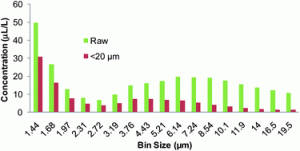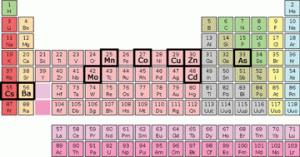 In a time of cuts to science funding, Colin Mackechnie and colleagues at the Centre for Ecology & Hydrology, UK, look at the role that volunteers can play in environmental monitoring.
In a time of cuts to science funding, Colin Mackechnie and colleagues at the Centre for Ecology & Hydrology, UK, look at the role that volunteers can play in environmental monitoring.
They review available literature on the use of ‘citizen science’ for environmental monitoring and highlight important issues surrounding the use of volunteers – such as limited technical expertise or access to equipment, incomplete monitoring due to geographical restraints or lack of interest in certain areas of science and difficulties coordinating and exchanging information.
It’s not all doom and gloom though – the authors also give examples of successful volunteer monitoring work and conclude that ‘the current engagement of volunteers in UK monitoring provides valuable data’.
Interested? Why not take a look on a interesting community solution to the big funding problem:
The role of ‘Big Society’ in monitoring the state of the natural environment
Colin Mackechnie, Lindsay Maskell, Lisa Norton and David Roy
J. Environ. Monit., 2011, 13, 2687-2691
DOI: 10.1039/C1EM10615E




















